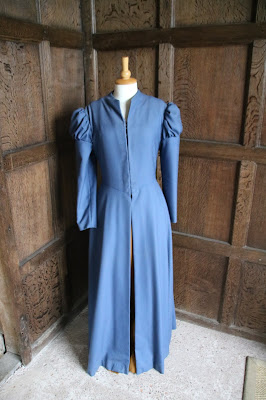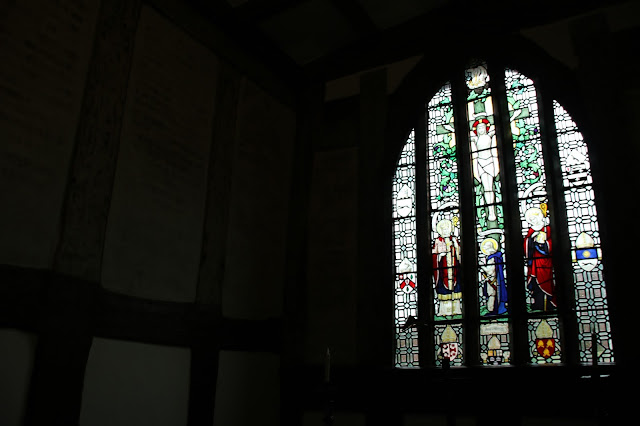Morton Hall, Is a Large Family manor for a Farming Family back in the 16th Sentry
They were just Farmers and didn't go into politic's
So this home survived the Civil War and internal Strife
It was built on Marsh land so over time it has become twisted
But it is still a Beautiful Building
And is a the National Trust has done a lot of
work caring for it.
It only has one brick wall and that is part of the 17th Century addition
In this Picture you can see the Twisting
But the walls have the distinct Tudor look.
With hand craved Work in the walls.
They have all been carefully preserved.
Most of the Windows are original as well
They have been cleaned but visitor are not allowed to touch them.
Beautiful Stone Fireplaces scattered through the Halls.
With Beautifully restored Furniture
beds were very small as was the tradition as the time.
Cloths for the Period were also on show.
Jennifer of course took an interest in that
This small fire showed how heat was moved around the house.
It was manned all the time.
SO rooms were double high
The Grand hall was very long and narrow.
and showed the twisted affect internally.
It even had it's own little chapel with it own beautiful Window
With of course it's own little hard seats.
This has been a major highlight to find.



















